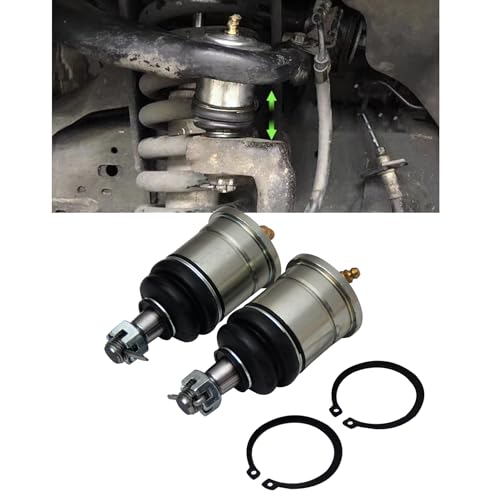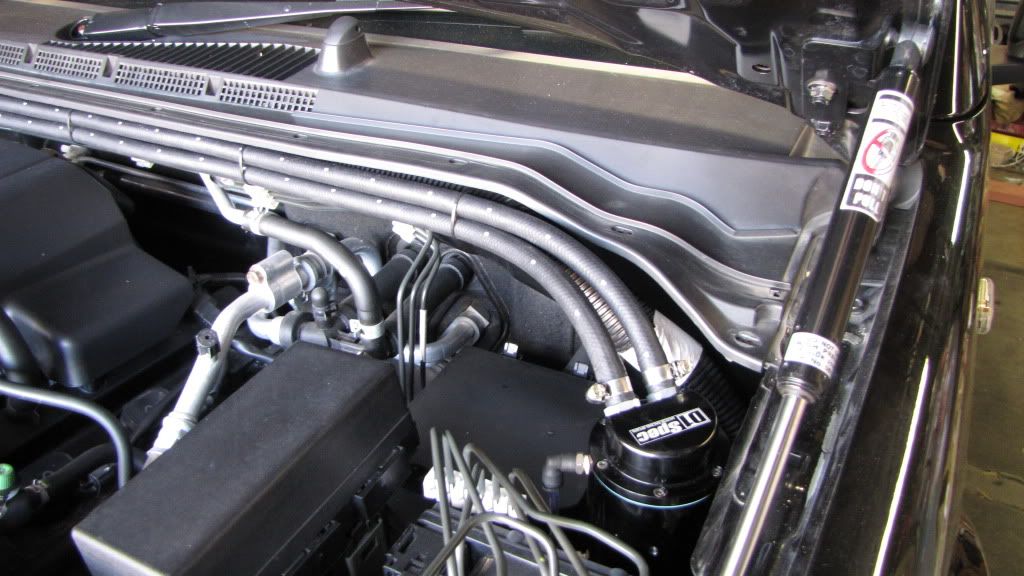Marginally. Black smoke means the fuel is partly burnt. Complete combustion occurs when the right amount of fuel mixed with the right amount of air.
Things that can impact on the ideal mixture (apart from faults) are delays in turbo spool time, combustion-dampening systems like EGR (and PCV) and dirty MAFS sensors (particularly where oil-soaked air filters are used). There are other influences - like chips - often the cheaper chips don't account for the turbocharger, they just boost the fuel rate which increases the black smoke, but I guess you'd know about that one.
You'll find that an EGR block may reduce that significantly. Follow your car while someone else gives it a bootful before and after to see the improvement for yourself.
























